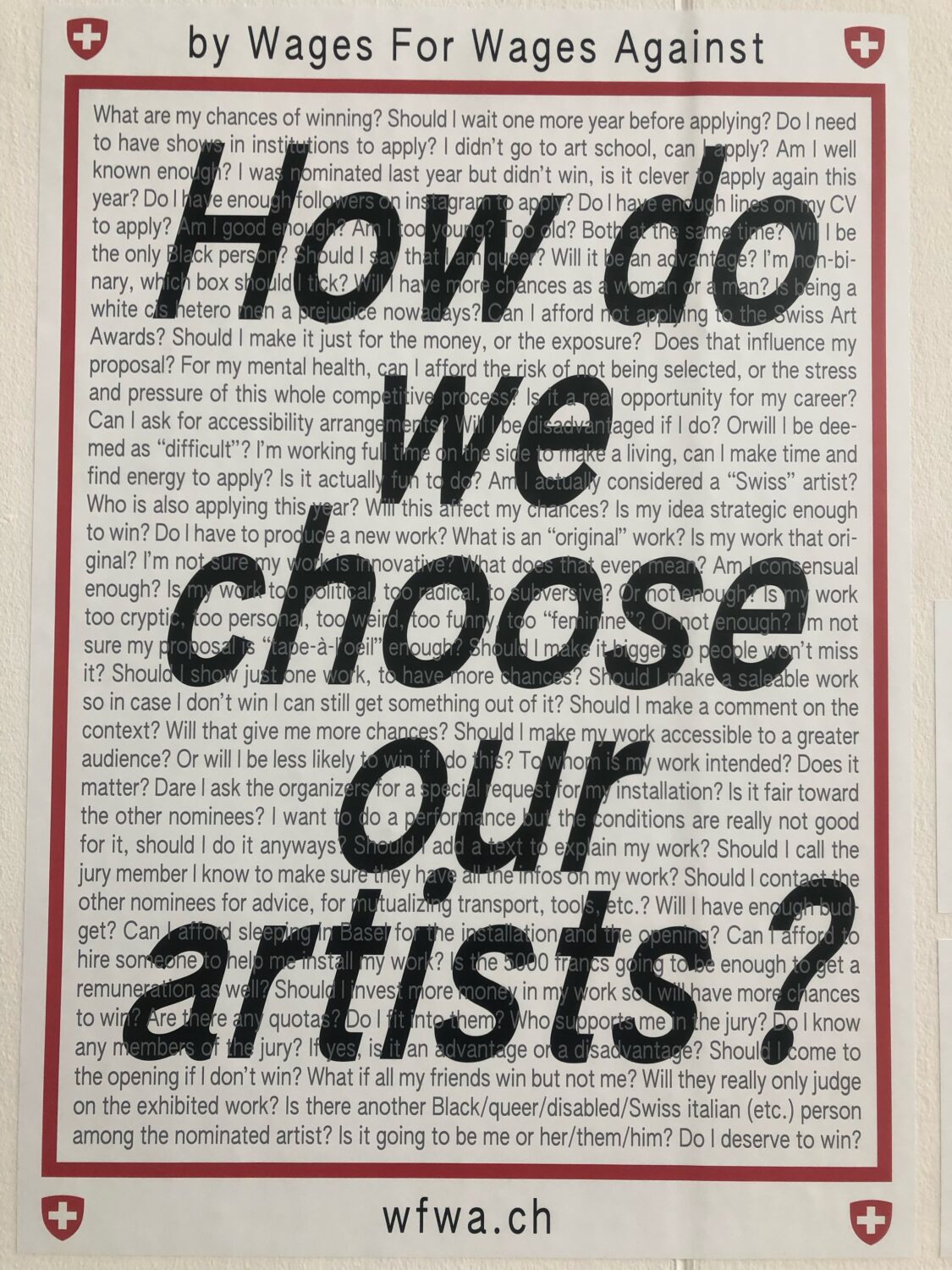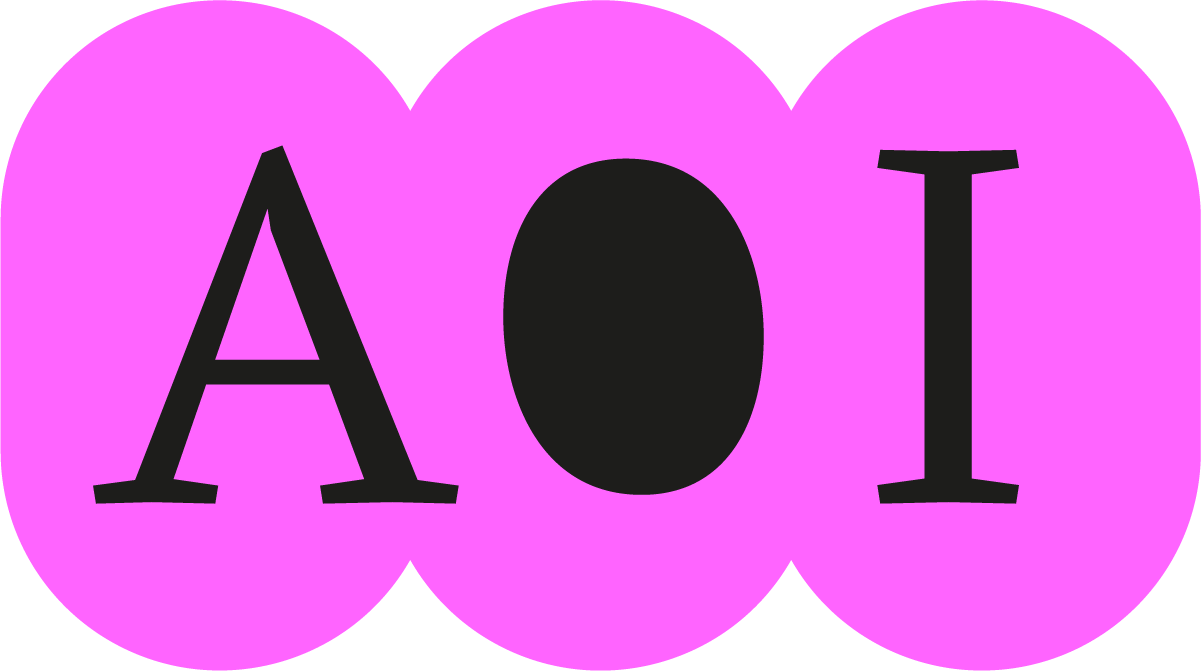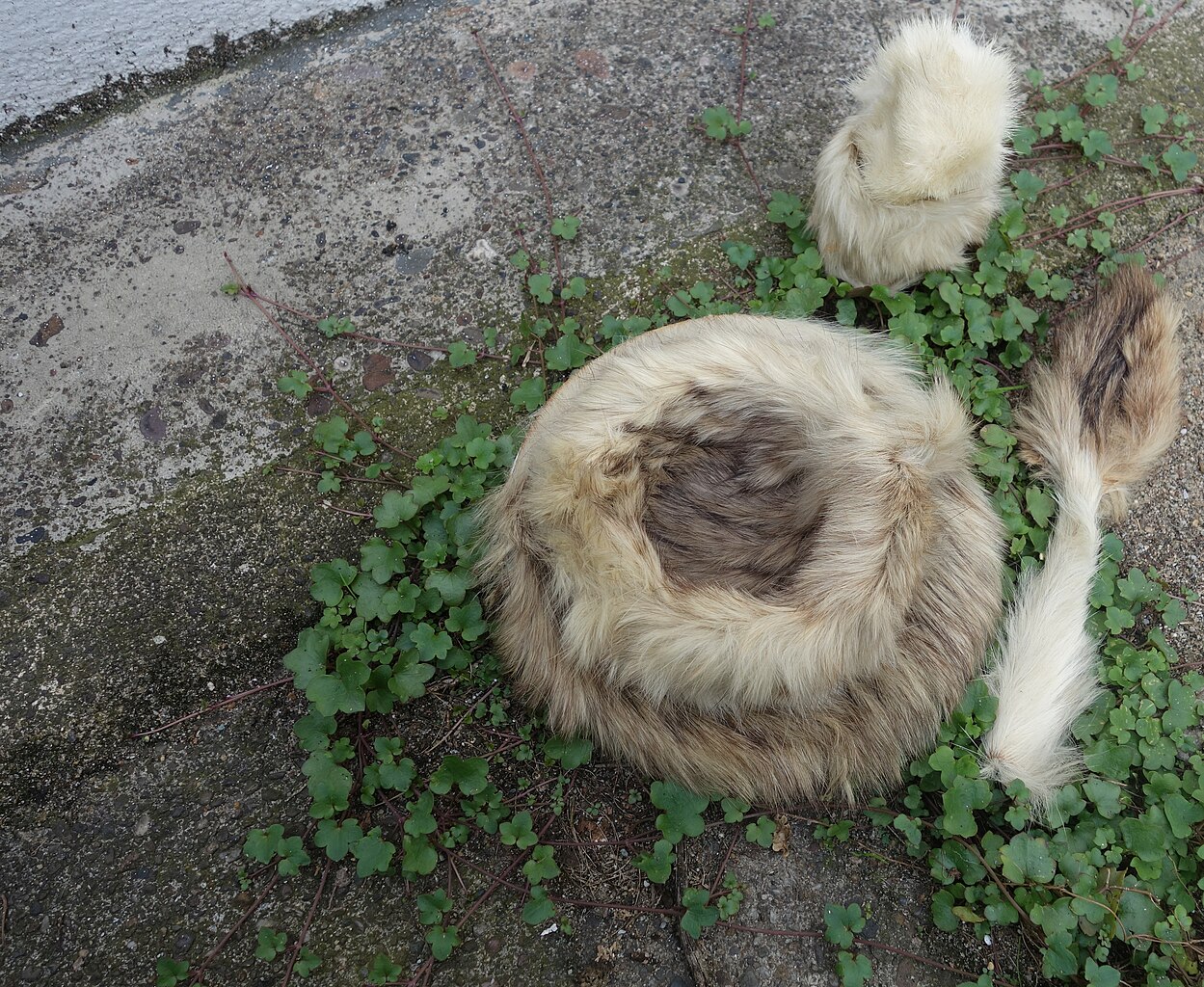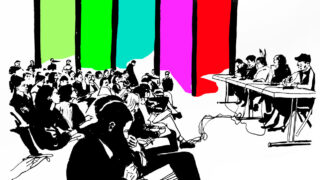«With an enormous amount very little,» writes the surrealist artist Meret Oppenheim in a poem, emphasizing how the unspectacular experiences of everyday life can generate «a great deal»—the best example is art.
Oppenheim became famous for her fur-covered teacup, which was acquired by the Museum of Modern Art in 1936. Similarly, her 1970 «squirrel» beer mug – currently on view at Hauser & Wirth Basel – plays with the juxtaposition of everyday objects and fetishistic luxury goods, engaging not just the visual but also the sense of touch and taste. Her inspiration? «To earn some money, I made jewelry for the fashion house Schiaparelli. And there I had a bracelet, an ordinary wide metal band, which I covered with fur… and I wore this bracelet, … and my friends laughed at it, and we said, yes, one could cover many things with fur…».
Meret Oppenheim’s fur-covered teacup merges the ordinary with the extraordinary. To me, this connection is the essence of Art Basel. For one week, Basel’s daily life transforms into something exceptional. One event follows another. The numerous fairs, exhibition spaces, art awards, openings, and parties compete for the attention (and wallets) of the international art circus. Event culture for the 1%, yesterday Berlin, today Basel, tomorrow Monte Carlo? This criticism is as old as the art fair itself.
An incomplete list of the exceptional during Art Basel
In contrast, I would like to highlight my subjective selection of diverse, socially engaged, often free initiatives by and with local artists and cultural producers. They are unique in how they situate themselves within the international art world while always referring to the necessity of everyday experiences for art. Be it children’s workshops with artist Tina Braegger at Liste Art Fair, the sounds of Radio X and Okra Collective at OMG, Franck!, cooking performances by Ser Serpas at Kunsthalle Basel or Yujin Jung and Søren Aagaard at Liste, Laura Mietrup’s objects at Basel Social Club, reminiscent of everyday things like furniture, and let us not forget the counter-art fair FART 2025 at the Hirschi —all of them reveal the inseparable intertwining of art and life, and that people care. They care to create and have a good time together with others. With an enormous amount of dedication, an incredibly diverse set of locally rooted projects come to life during this one week in June.
How do we choose our artists?
At the Swiss Art Awards in 2022, I photographed this poster by the collective Wages for Wages Against. For eight years, they have been studying (un)paid, (de)commodified labor inequalities within the arts and raising uncomfortable questions about artists’ recognition through renumeration, prizes and jury selection processes. One result of their campaign is a manifesto that calls for discrimination free art institutions: «We do not accept any form of discrimination towards women, people of color, trans* and non-binary people, people with disabilities, single parents, and other marginalized populations.»
The wfwa Manifesto prompts AoI to feature artists during the Art Basel week whose socially engaged practice inspires us: Every day in our instagram stories we will spotlight a selection of artists and where to find their work at the art fair.

Featured image: Viscacha-Cup, -Saucer, -Egg, -Egg Cup and -Coffee Spoon. Loosely based on Meret Oppenheims «Déjeuner en fourrure». Commissioned work by Lutz Hans Dresen. Work executed and extended to include egg and egg cup: Klaus-Peter Kuhn (around 1982). Foto by Kürchner, 2017, via Wikimedia Commons, Public Domain.



